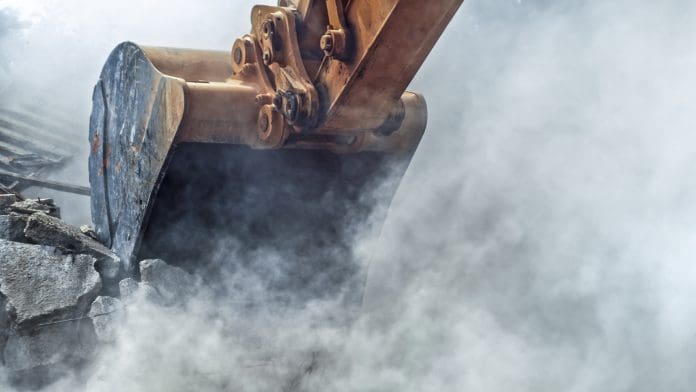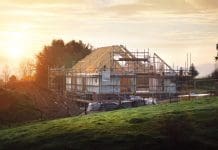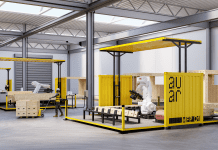National Federation of Demolition Contractors CEO Duncan Rudall explores why the process is more sustainable than meets the eye
When you think of sustainable construction, demolition is likely to be one of the last solutions to spring to mind. Nevertheless, when practiced correctly, the process can prove much greener than you might think.
Founded in 1941, the National Federation of Demolition Contractors (NFDC) has long been committed to making demolition safer in the UK. In fact, we have ensured that our members recycle, reuse and repurpose a huge 90% (average by weight) of the materials left over after demolition for years.
This includes timber, steel and iron – to name just a few – in addition to concrete, which is notorious for its high carbon footprint. Rather than expending more energy generating new, replacement materials, most waste masonry substances such as concreate and hard core can be crushed and reused there and then on site, furthermore, reducing costs and the additional environmental burden of external transportation in the process.
It’s not just to-the-site fuel consumption that’s reduced, either. The NFDC also encourages all of its members to switch to low-emission, low-carbon fuel when working on site. Hydrotreated vegetable oil fuel (HVO) tends to work best, as it is 90% more efficient than conventional energy sources and can be used in most modern machinery without the need for any changes. Of course, we ask for proof of sustainability documentation to justify this, as well. It’s just one of the ways we strive to make the impact of vital demolition work less damaging than new-build methods.
Sustainable salvage and retrofit capitalises on demolition skills
Indeed, building from scratch means missing out on immense recycling opportunity. Skilled demolition crews are masters of salvaging materials, from bricks and lumber to metals and fixtures – all of which can find new life in other construction projects.
Likewise, demolition paves the way for energy upgrades in older buildings, which often run on energy-inefficient systems. Once any outdated materials have been removed, construction workers can proceed to embrace new, eco-friendly technologies instead, demonstrating how the demolition industry – if governed correctly – can open the door to green innovations, from solar panels and energy-efficient insulation to whole smart-building systems.
Green demolition also plays a critical role in urban revitalisation, breathing new life into communities by removing derelict or unsafe structures and creating space for environmentally conscious development projects instead. These projects can bring sustainable housing, green spaces and walkable areas to neighbourhoods, promoting a healthier, more connected urban-natural environment.
Demolition is an often necessary measure, but can still deliver safety and sustainability
Then, there’s the issue of safety. Older buildings can harbour hazardous materials like asbestos, lead paint or mould. Demolition, when carried out responsibly, serves to ensure that these environmental hazards are managed properly, with all waste materials being disposed of appropriately to prevent toxic chemicals from seeping into surrounding waters and soil. Sometimes, tearing down buildings and remediating contaminated sites is more about protecting public health and local ecosystems than it is about destruction.
In a similar vein, whilst retrofitting existing structures can be a sustainable choice, it’s not always feasible. Certain buildings are structurally unsound, lack flexibility for modern needs or fail to meet updated safety codes. In such cases, demolition becomes the more sustainable option, as attempting to retrofit could result in compromised safety, increased maintenance costs and reduced functionality. It’s much better to make new use of the site from an environmental perspective than it is to locate and develop a new one.
Finally, when evaluating sustainability, considering the entire lifecycle of a building is crucial. Demolition allows us to reassess a structure’s environmental impact and make informed decisions. By replacing energy-inefficient buildings with greener alternatives, we can achieve long-term sustainability gains that surpass the environmental impact of the initial demolition.

Often vilified, demolition can actually serve as an ally of sustainability. By salvaging materials, embracing energy efficiency, revitalising urban spaces and addressing safety concerns, it can become a green solution that enhances our built environment without destroying the natural one. Indeed, it’s time to shatter the misconceptions, break new ground and reimagine the wrecking ball as an agent of sustainable progress.













![[VIDEO] Behind-the-scenes video of M25 orbital bridge demolition released Tru7 Group has released footage of the M25 orbital bridge demolition, which reopened eight hours ahead of schedule](https://www.pbctoday.co.uk/news/wp-content/uploads/2024/03/image-from-tru7-video-218x150.png)



